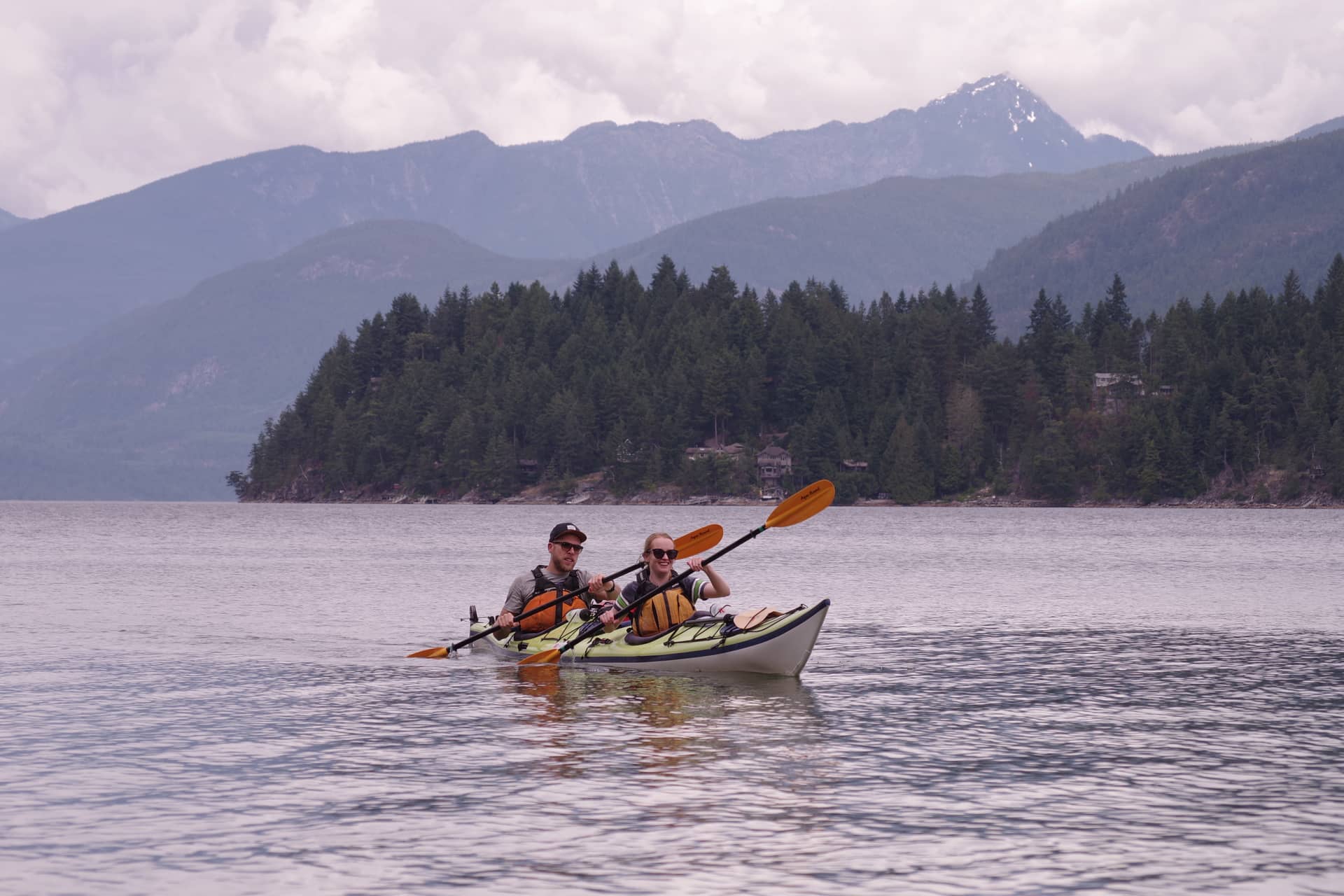
Route Details
-
Difficulty:Intermediate Paddling
-
Distance:36 km
- Duration: 2 days
- Route Type: Out & Back
Summary
The Sechelt Inlet is a great intermediate paddling trip for those with basic experience of paddling and camping. With loads of wildlife and low impact from currents and tides, it makes a great trip to hone your paddling skills and enjoy the wilderness of the Sunshine Coast. Whales are occasionally spotted in the inlet, though you'll need a lot of luck to see them. Eagles are plenty, and you'll find plenty of spots to pull up and stop for a coffee break or some (camp) lunch.
All in all, a relatively easy trip to plan, close to Vancouver, and with plenty of different camping options. For those who need to rent kayaks, there are two options (marked on the map below).
For beginners, shorter, and easier trips can be made along the inlet to nearer campsites. If you plan to kayak to Kunechin Point this requires a more committing crossing. I would only recommend doing this if you have a number of kayak trips under your belt.
With afternoon winds very likely to generate waves, kayaks are always going to be preferred, but the route is very doable in a canoe also.
Navigation
-
Phone signal in BC is not reliable. Always carry an offline map. I recommend and use AllTrails+ for hiking or GaiaMaps for general adventuring. Google Maps does not always have reliable route mapping for backcountry adventures.
Conditions & Ability
Paddler Ability
If you're renting a kayak for a quick paddle, there's no reason why beginners can't use this as a good place to practice, particularly if you're renting from Halfmoon Sea Kayaks at the southern end of the inlet. However, if you're venturing a little further, spend a few hours or more on the water, you're likely going to be exposed to some choppier afternoon conditions, with wind-generated waves. Definitely consider having a few paddling trips under your belt before taking this on, especially if you're going to paddle all the way up to the fork in the inlet and camp at Kunechin Point.
Tides & Currents
The Sechelt Inlet is tidal, but you won’t notice the currents if you stay south of Narrows Inlet. If you happen to be interested in the tides regardless, be sure to look up Porpoise Bay and NOT Sechelt. Sechelt will give you the tide times on the Ocean side, where as Porpoise Bay will give you the times on the inlet side. They are vastly different due the narrow inlet mouth which delays the tides from entering and exiting.
Wind & Waves
The wind tends to blow from the south, blowing up the inlet and creating some fairly choppy conditions, particularly in the afternoon. Start early & finish early. Paddling against the wind takes significantly longer, so bear that in mind when planning a return time for your kayak rental.
Float Planes
You may encounter the odd float plane at the very southern point of the inlet. They’ll obviously look before landing, but you can help by staying out of their way and staying close to shore. The inlet is big enough that generally you won't be bothered by other boats.
Top tip: If you see waves approaching, turn your kayak to face the wave directly. The boat will be more stable that way.
Camping
-
Kunechin Point
The only campsite we visited was at Kunechin Point. You'll need to cross the body of water to reach it, so you'll want to be confident in your abilities before committing to the crossing. The main campsite can be found round to the back right of the small peninsula. The landing is easy on a pebble embankment with plenty of space to pull up the kayaks. Pull them up well above the high tide line and ALWAYS use a rope to tie them to a solid tree.
The camp itself has plenty of open space with no designated spots. If the wind is up and blowing north, you may find shelter difficult here. If the weather is nice and wind not a problem, I heard there were an additional few camp spots right on the tip of the peninsula, though we didn't get a chance to explore them.The day we arrived, the wind was high and the waves getting up. We were keen to land as soon as possible, so didn't explore too much in the area.
Suggested Season
- Months: May - Sep
Location & Access
- Region: The Sunshine Coast
- Fire Region: Coastal Fire Centre
- Vancouver Day Trip: Yes
- From Vancouver: 4hr(s)
- Public Transit: Yes
- Public Transit By: BC Transit
Getting There
-
From Vancouver
- Drive to Horseshoe Bay (40 mins)
- Ferry from Horseshoe Bay to Langdale on the Sunshine Coast (Gibsons) (about 40 mins + wait time)
- Drive up to Sechelt (40 mins)
-
If appropriate to reach this adventure, rent a car, or better still, reduce the demand for cars with Evo Car Share, Vancouver's car sharing network.
You May Also Be Interested In

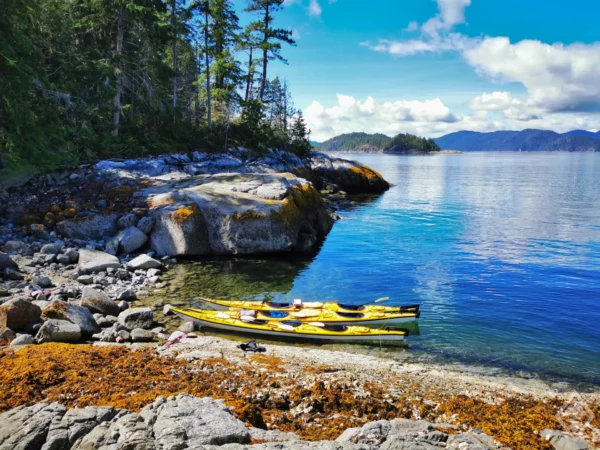

Desolation Sound
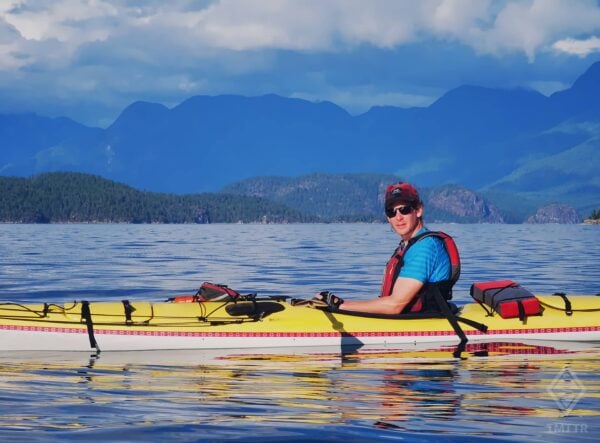
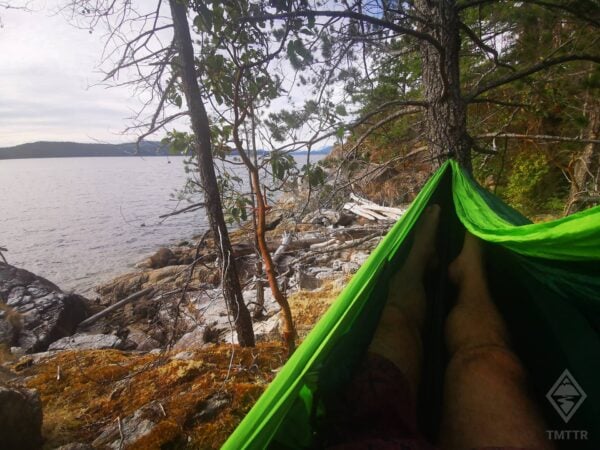
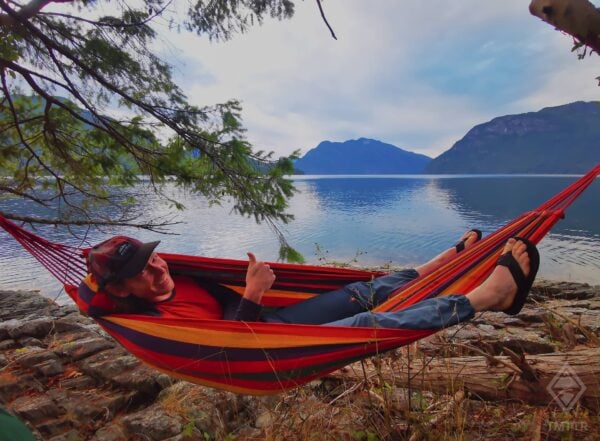

Add Review